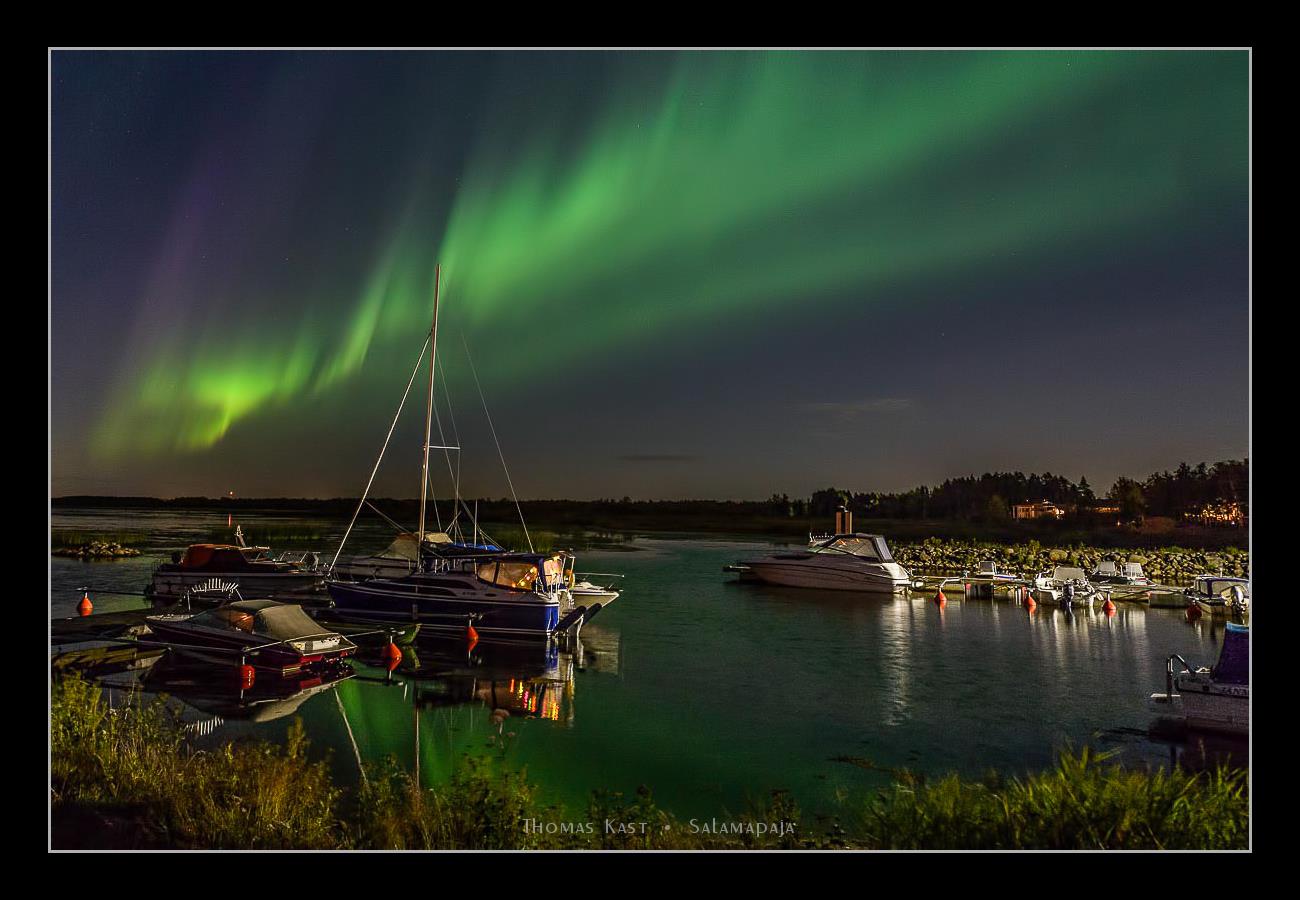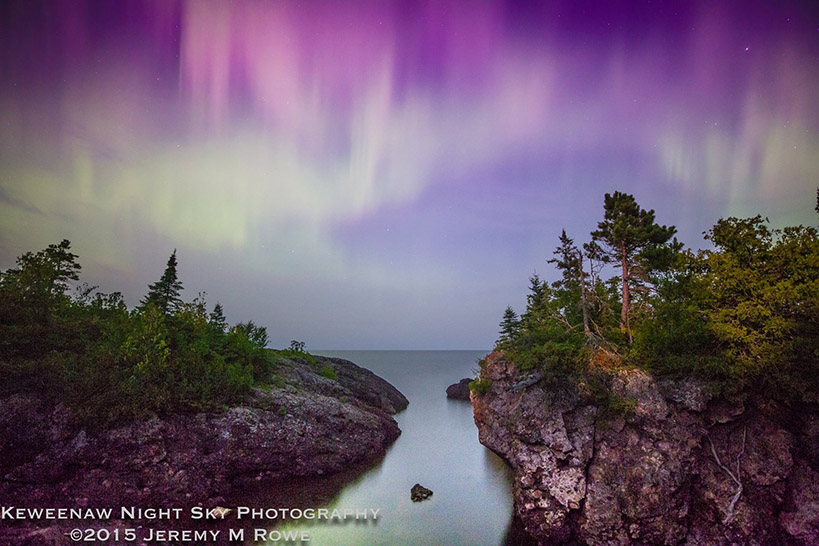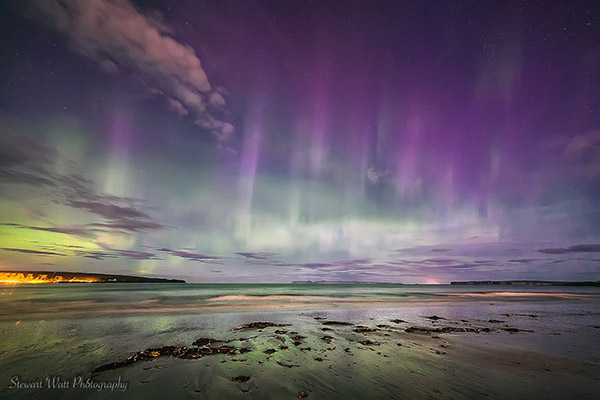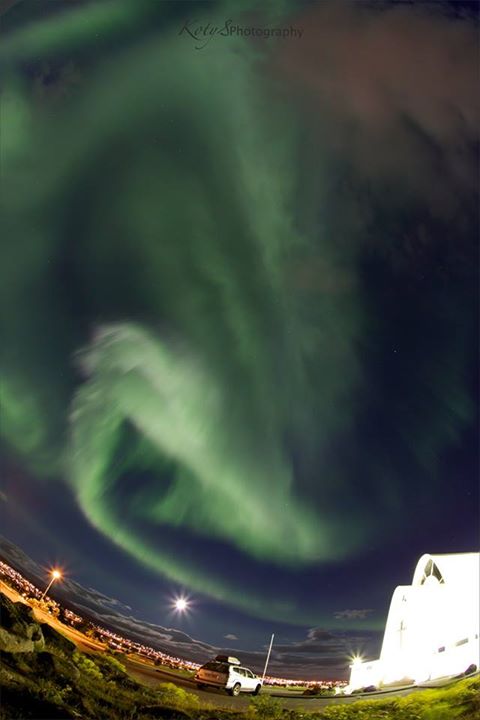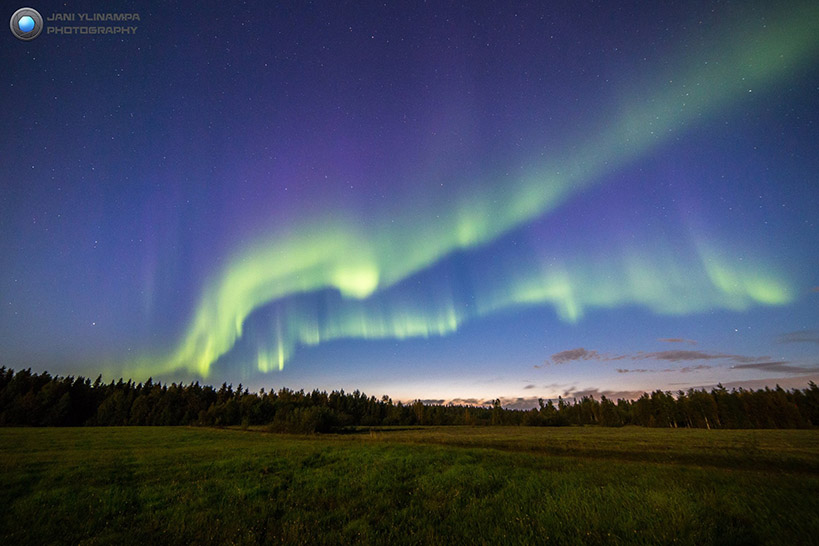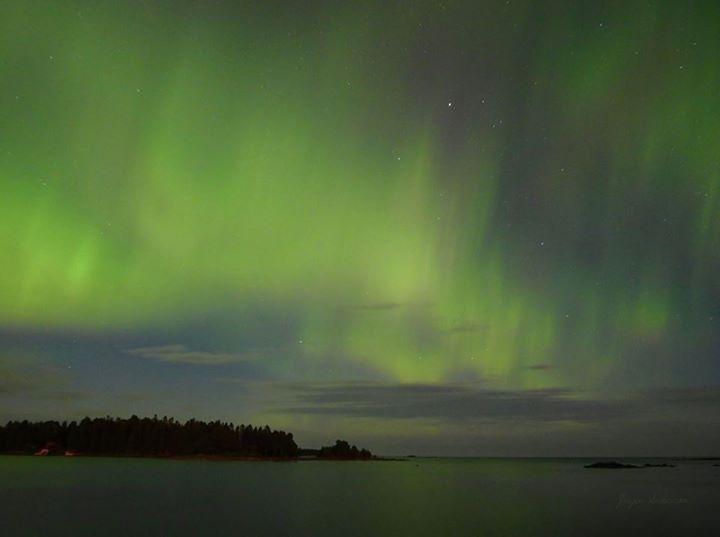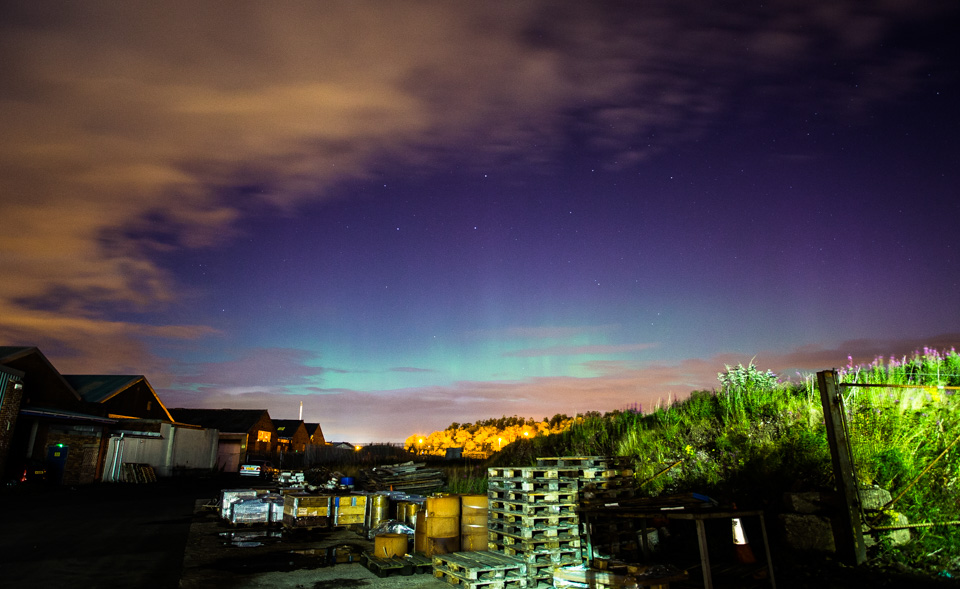Geomagnetic storming continues, M2.2 solar flare
Friday, 28 August 2015 16:05 UTC
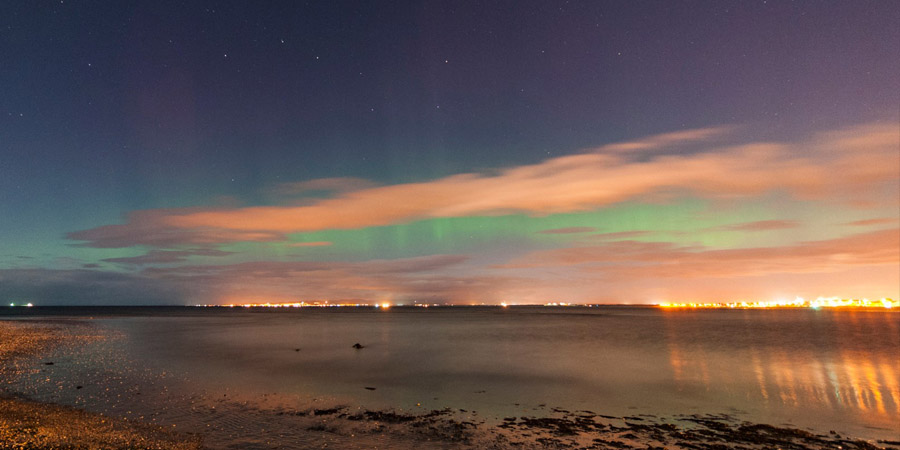
It has been another round of geomagnetic unrest during the past 24 hours as the direction of the IMF (Bz) continues to point south, which makes it easier for the solar wind to penetrate the atmosphere around the magnetic poles of our planet. Vivid auroral displays were once again reported from many high latitude locations.
Header image: Mark Ferrier (Troon, Scotland)
Image: Josh Brown (Saltburn, UK)
Image: Thomas Kast (Finland)
Image: Jeremy Rowe (Keweenaw Peninsula, USA)
Image: Stewart Watt (Thurso, Scotland)
Image: Katarina Koty Srsenova (Reykjavik, Iceland)
Image: Jani Ylinampa (50km southwest of Rovaniemi, Finland)
Image: Jörgen Norrland Andersson (Sweden)
Image: Paul DMessenger (Irvine, Ayrshire, UK)
Northern lights seen from Hotel Ranga August 27 2015Vá! Í kvöld var glæsilegasta norðurljósasýning sem orðið hefur um árabil. Þetta myndskeið var tekið rétt í þessu frá Hotel Rangá. Myndskeiðið er óunnið og sýnt í rauntíma. Munið að smella á HD!! Video of the aurora borealis as seen from Hotel Rangá in Iceland August 27, 2015. The video has not been processed and is in real-time. Remember to click HD!!
Posted by Stjörnufræðivefurinn on donderdag 27 augustus 2015
Video: Stjörnufræðivefurinn (Iceland)
More geomagnetic storming is likely in the hours ahead as the anticipated coronal hole high speed solar wind stream seems to be arriving at Earth. The solar wind density has been elevated and the strength of the IMF is nearing 15nT while the direction (Bz) again points southward. The moon is however illuminated for 95% which could make it problematic to spot weaker aurora. Keep this in mind if you decide to head out tonight.
M2.2 solar flare
Solar activity reached moderate levels thanks to sunspot region 2403, which is now getting close to the west limb. It was the source of an M2.2 solar flare that peaked at 13:16 UTC. There was no coronal mass ejection associated with this event. Sunspot region 2403 is now so close to the west limb that any future eruptions will likely be directed away from Earth.
Moderately strong M2.21 solar #flare from #sunspot region 12403 - Follow live on http://t.co/XHATH0OOfT pic.twitter.com/uyBEELzjeF
— SpaceWeatherLive (@_SpaceWeather_) August 28, 2015
Thank you for reading this article! Did you have any trouble with the technical terms used in this article? Our help section is the place to be where you can find in-depth articles, a FAQ and a list with common abbreviations. Still puzzled? Just post on our forum where we will help you the best we can!
Latest news
Latest forum messages
Support SpaceWeatherLive.com!
A lot of people come to SpaceWeatherLive to follow the Sun's activity or if there is aurora to be seen, but with more traffic comes higher server costs. Consider a donation if you enjoy SpaceWeatherLive so we can keep the website online!

Space weather facts
| Last X-flare | 2024/03/28 | X1.1 |
| Last M-flare | 2024/04/25 | M1.0 |
| Last geomagnetic storm | 2024/04/19 | Kp7 (G3) |
| Spotless days | |
|---|---|
| Last spotless day | 2022/06/08 |
| Monthly mean Sunspot Number | |
|---|---|
| March 2024 | 104.9 -19.8 |
| Last 30 days | 133.9 +26.6 |

